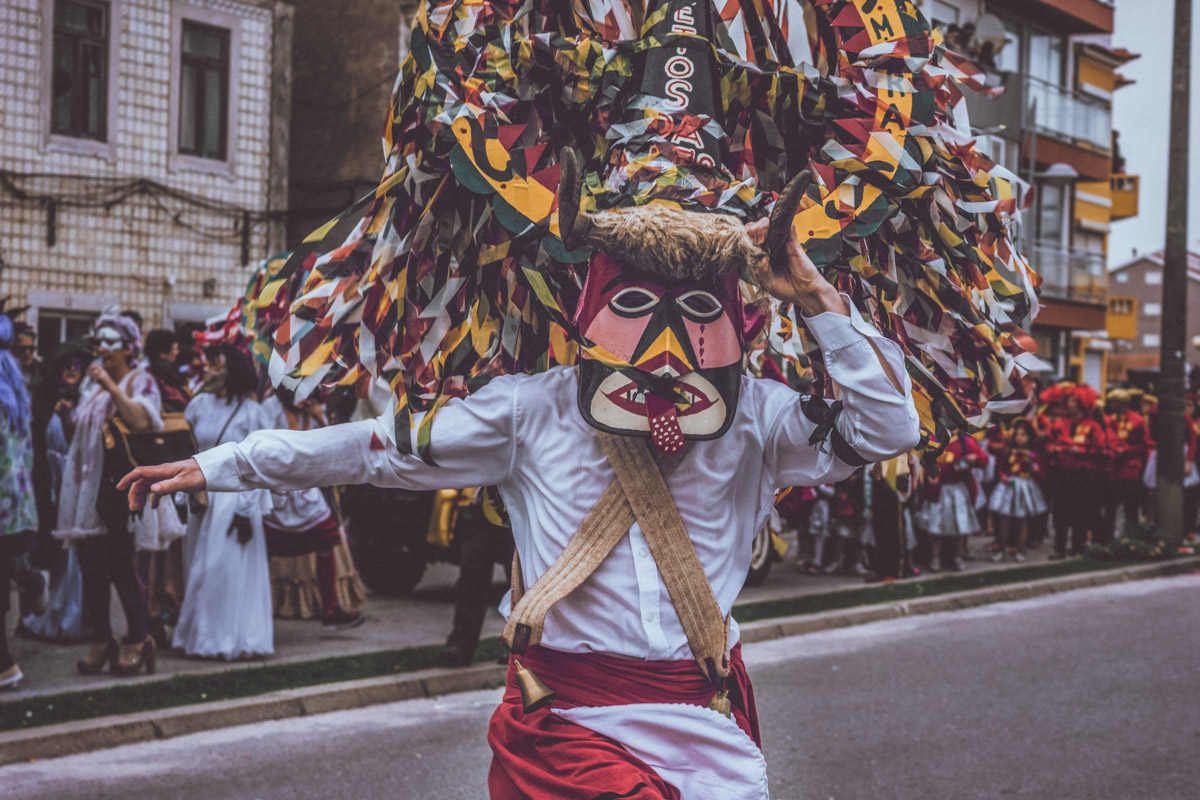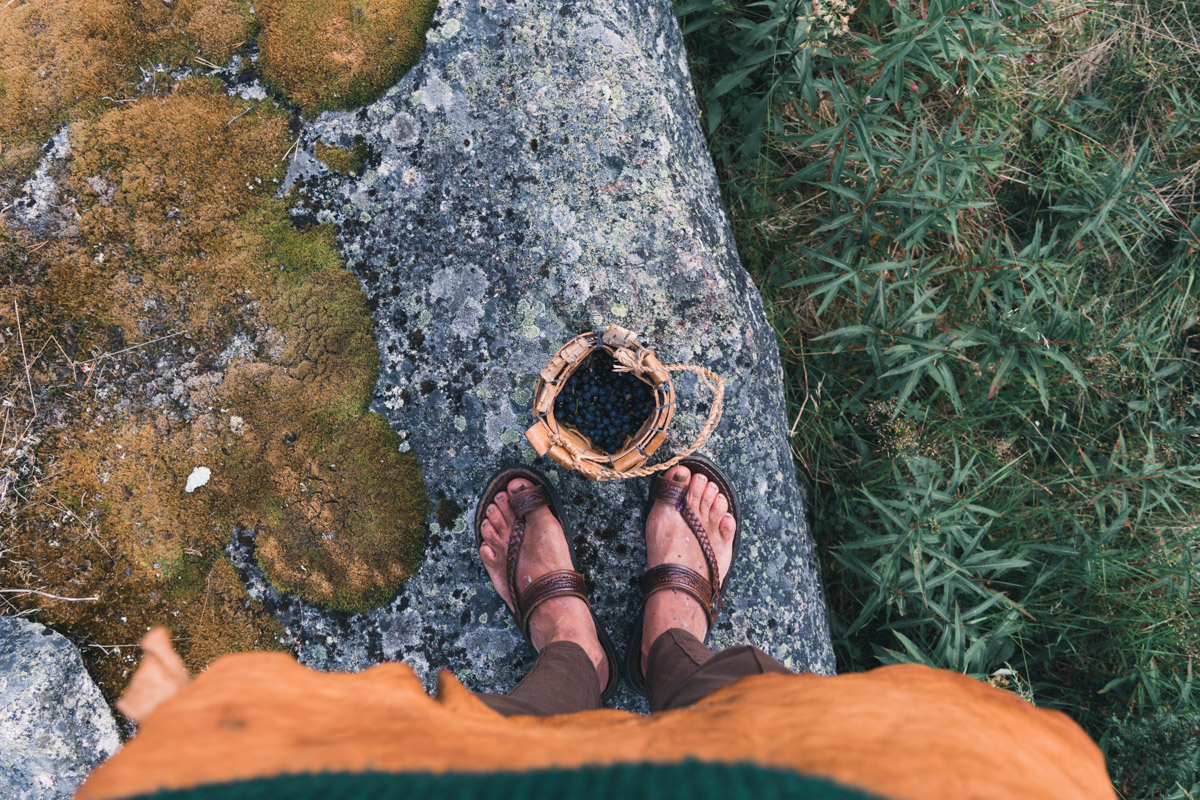What is (New) Animism?
Many of us who learn about Animism feel attracted to it. The idea that the whole world is alive makes sense to many of us. In this article, I explain briefly the history behind this word, how it has been used in harmful ways towards indigenous peoples and how reclaiming it can help us in western society to re-learn the old ways of relating with the other-than-human community.
Animists are people who recognize that the world is full of persons, only some of whom are human, and that life is always lived in relationship with others. Animism is lived out in various ways that are all about learning to act respectfully (carefully and constructively) toward and among other persons.
Graham Harvey
This is Graham Harvey’s definiton of New Animism, which you can find in his wonderful book “Animism: Respecting the Living World”. As we can read in the definition, it focuses on personhood of and relationship with a diversity of people, the great majority of whom are not human. This idea might sound strange to many in modern society, but it is actually second nature to those part of Earth-honouring traditions all around the world. Re-learning how to respectfully interact with other-than-human beings through place-based rituals and etiquette is a big part of being a practising animist.
In human societies, we are taught how to respectfully relate with each other. As animists, our work is to recover and remember the appropriate ways of relating with other-than-human beings. In many cases, ancient ways of relating have been lost forever. Approaching other-than-human beings with humbleness, openness, patience and curiosity can have the potential to recover some of the lost ways as well as build new meaningful relationships with them.
Animism is not a religion nor it is dogmatic. It represents a set of core values that recognize personhood in (and therefore stops objectifying) the other-than-human people. Those with different beliefs, including atheists, can be Animists.
What is Bioregionalism?
When trying to write down what bioregionalism means, I decided I would share instead a few quotes by Daniel Christian Wahl, who has written some wonderful texts on the topic. I feel his words do an amazing job explaining what bioregionalism is as well as give a good sense of what is stands for (please do read his full texts here and here):
“Bioregionalism is a comprehensive way of defining and understanding the place where we live, in the aim to live in that place sustainably and respectfully. While the term “bioregionalism” is a new way of representing and identifying with a place and its history and culture and living within the laws of nature, the concept is new only for people who come out of the Western industrial-technological heritage. The essence of bioregionalism has been a reality and common sense for native people living close to the land for thousands of years, and remains so for most human beings today.”
“Bioregionalism re-connects us into the living biosphere through the places and regions where we live.”
“A sense of belonging to and responsibility for a place, the region in which we live is not only important in helping us to define our individual, community, and cultural identities, it is also at the very heart of sustainability.”
“(…) it is of crucial importance that we re-evaluate our attitude towards traditional knowledge the world over and while maintaining an awareness of the global to focus our attention more on our lives in the context of our immediate local environment, its myths, legends, folklore and learn how to participate appropriately in the rituals and practices that sustain local diversity and resilience. We have to become sensitive and sensible participants in our local bioregions.”
“We need to learn about the ecological, social and cultural uniqueness of our place and safeguard and restore its diversity wherever we can.”
“Bioregional consciousness, the awareness of the dynamical processes of nature in our local environment can contribute to a dissolving of the self-world split, which still lies at the core of the dominant worldview. Bioregional knowledge connects us to our community and its locale.”
Bioregional Animism
Bioregional animists make use of animistic core values to deepen their relationship with their own bioregion – their Life-Place. They strive to learn as much as they can about their particular Land – e.g. local flora, fauna, topography, climate patterns, etc – as well as about the local mythology, folklore, traditions and rituals that have developed from that specific Land and thus hold wisdom that teaches us how to appropriately support and live in harmony with the ecological, social and cultural uniqueness of our Place.
Bioregional Animists focus on the richness of the bioregion they are part of and place the local other-than-human people in the centre of the conversation. Deep inspiration is drawn from the ways of our Earth-honouring Ancestors, both human and other-than-human.
Bioregional Animists deeply care about what kind of Ancestors they wish to be and work towards the protection and regeneration of the Land, passing these core values to future generations.
My Work
Even though I was born and have lived most of my life in Portugal, there’s quite a lot I don’t know about my bioregion. And so I keep learning, exploring, interacting, re-inhabiting. I love the other-than-human communities that live on this magical land filled with old practises, rites and beliefs that are very animistic in nature. Traditions and rituals around certain flowers and herbs, shapeshifters and tricksters, powerful stones and megaliths, talking animals and sacred trees… they all point to a very deep relationship between humans and other-than-humans that is million years old. Thus, I find value in keeping the animistic old ways of my Ancestors alive because they work as a gateway to the deep wisdom of this unique Land.
I have always had a deep connection with the ancient Ancestors of this Land – the Mountains, the Ocean, the Wind… – and with the ancient human communities that lived with this Land for thousands of years, taking only what they needed and always giving back. I believe it’s part of my life’s work to relearn these old ways and hopefully inspire others to do the same.

















0 Comments